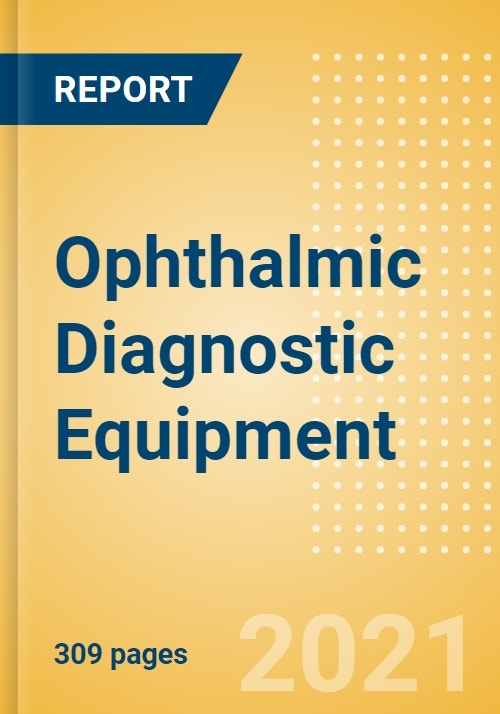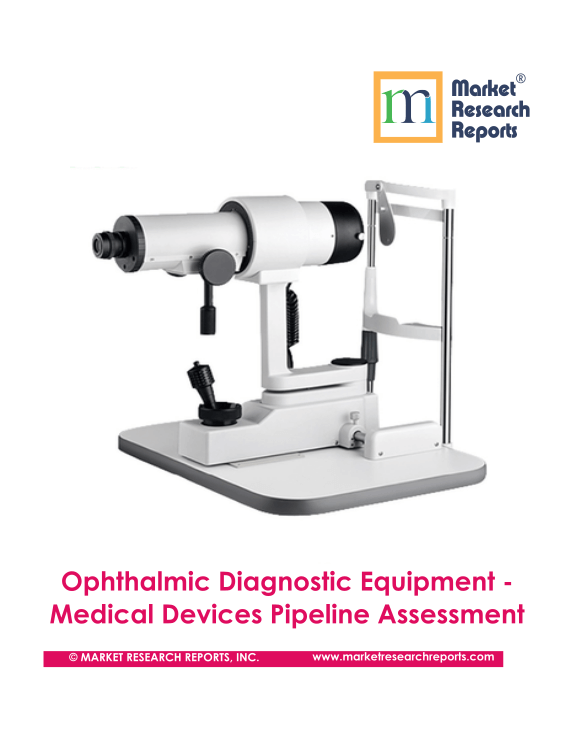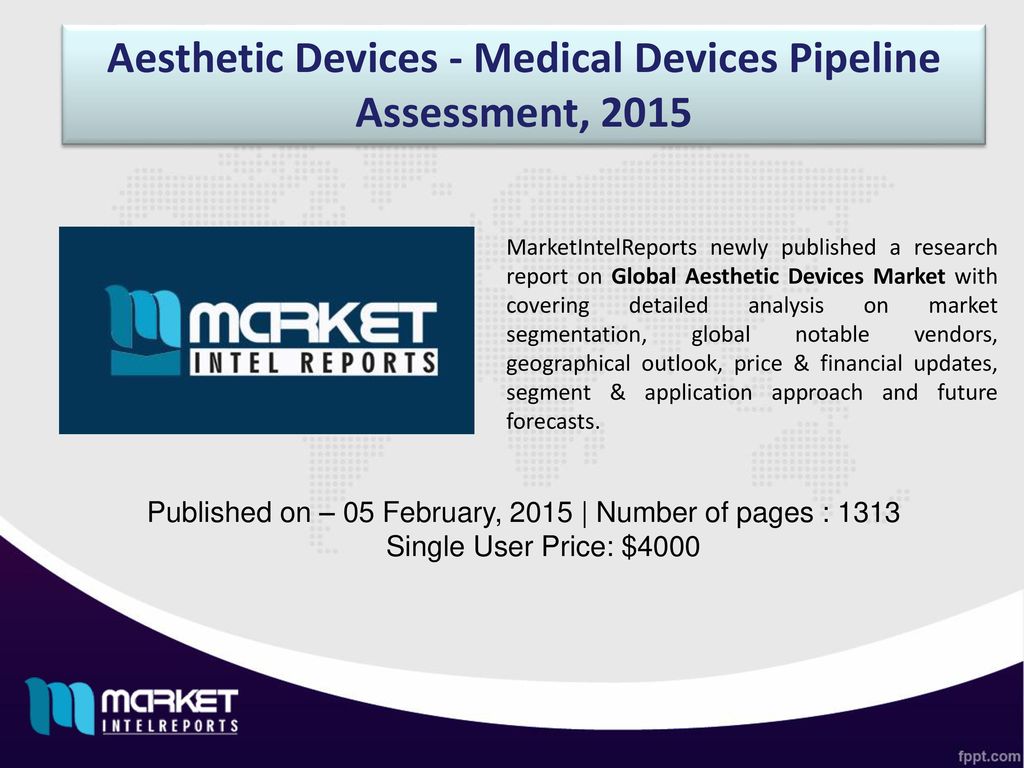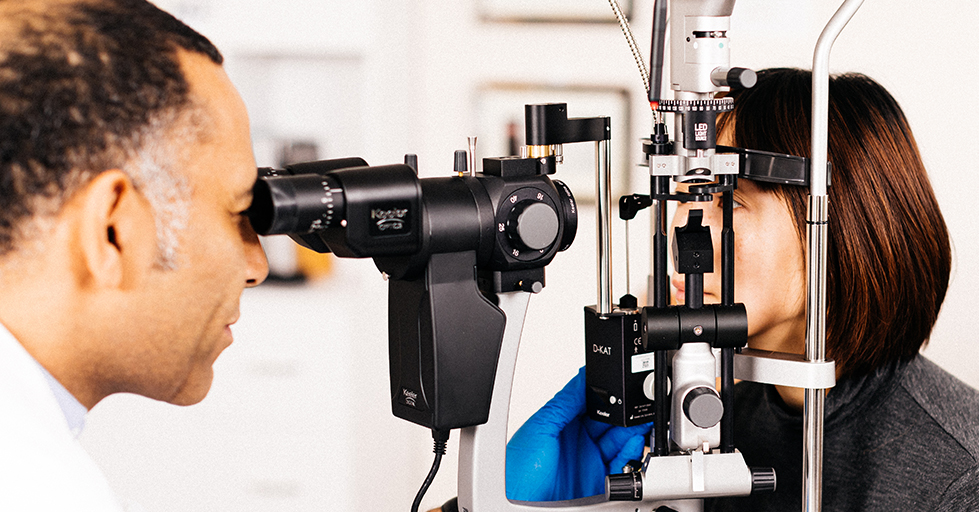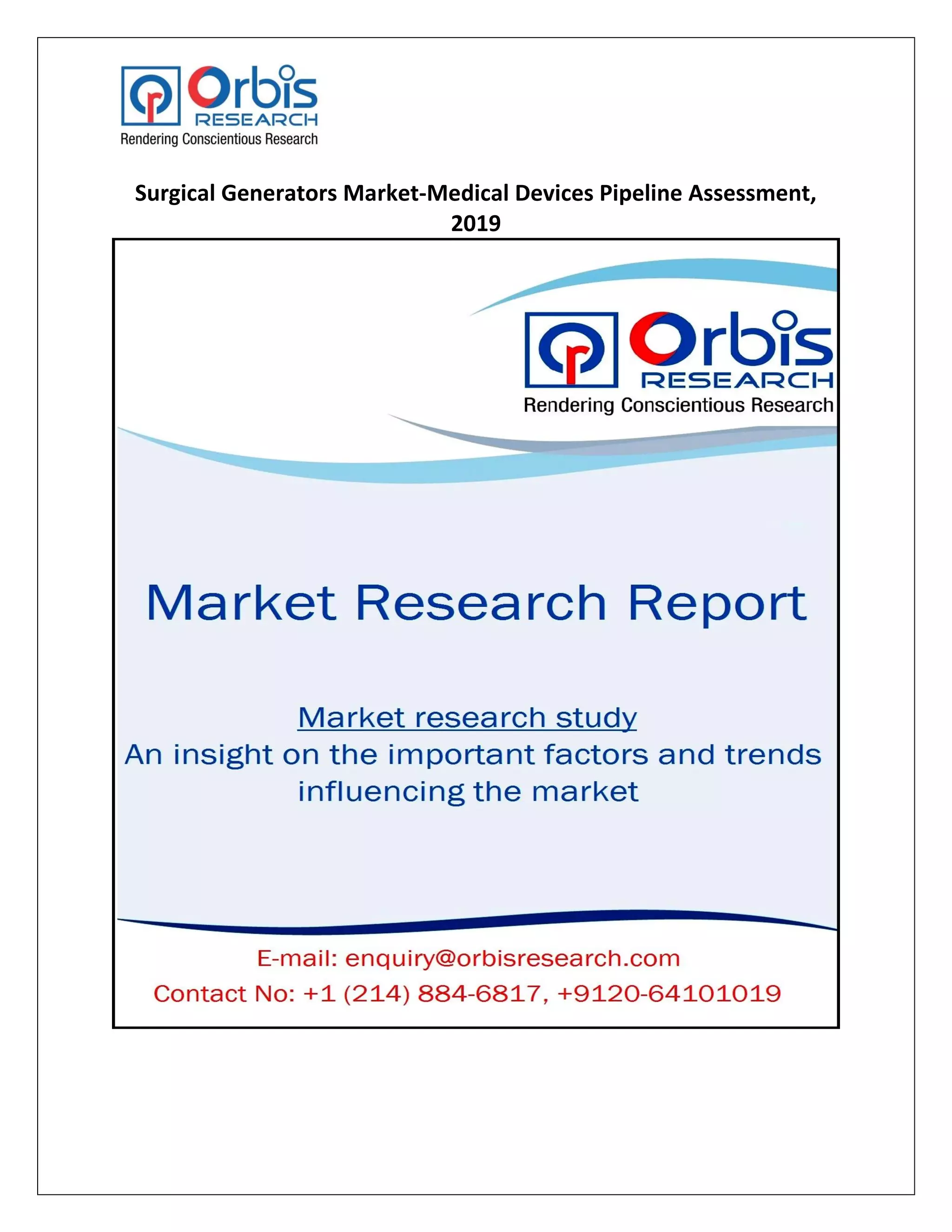Ophthalmoscopes Medical Devices Pipeline Product Analysis

The ophthalmoscope, a handheld device enabling clinicians to examine the interior of the eye, is undergoing a quiet revolution. Advancements in technology are driving innovation within the medical device pipeline, promising improved diagnostic capabilities and enhanced patient care.
This article delves into the current state of the ophthalmoscope market, exploring emerging trends, significant product developments, and the potential impact on healthcare professionals and patients alike. It examines the forces shaping the future of ophthalmic diagnostics.
The Ophthalmoscope Market: A Snapshot
The ophthalmoscope market, while mature, is witnessing steady growth fueled by the increasing prevalence of eye diseases like glaucoma, diabetic retinopathy, and age-related macular degeneration (AMD). According to a report by Market Research Future, the global ophthalmoscope market is projected to reach significant valuation by 2030, exhibiting a compound annual growth rate (CAGR) during the forecast period. This growth is attributed to factors such as the aging global population and rising awareness regarding early diagnosis and treatment of eye conditions.
Key players in the ophthalmoscope market include companies like Welch Allyn (a Hill-Rom company), Heine Optotechnik, and Keeler. These manufacturers are investing heavily in research and development to introduce advanced ophthalmoscopes with enhanced features and functionalities.
Technological Advancements Driving Innovation
The traditional direct ophthalmoscope, used for decades, provides a limited, monocular view of the retina. However, newer technologies are transforming ophthalmoscopy, enabling more comprehensive and detailed examinations.
Indirect Ophthalmoscopes
Indirect ophthalmoscopes offer a wider field of view and allow for examination of the peripheral retina, a region often missed by direct ophthalmoscopy. These devices are particularly useful for diagnosing and managing retinal detachments and other peripheral retinal pathologies.
Digital Ophthalmoscopes
Digital ophthalmoscopes capture and store images of the retina, enabling documentation, comparison over time, and remote consultation. This technology is particularly valuable for telemedicine applications, allowing specialists to remotely assess patients in underserved areas.
Smartphone-Based Ophthalmoscopes
The emergence of smartphone-based ophthalmoscopes represents a significant advancement in accessibility and affordability. These devices attach to smartphones, utilizing the phone's camera and display to provide ophthalmoscopic capabilities. This technology has the potential to democratize eye care, making it more accessible in resource-limited settings.
Product Pipeline Analysis: Key Developments
Several innovative ophthalmoscope products are currently in the pipeline, promising to further enhance diagnostic capabilities. These include devices with improved image resolution, enhanced illumination, and integrated software for automated image analysis.
For example, some companies are developing ophthalmoscopes that incorporate optical coherence tomography (OCT) technology. OCT provides cross-sectional images of the retina, allowing for detailed assessment of retinal layers and early detection of subtle changes associated with various eye diseases.
"The integration of OCT technology into ophthalmoscopes represents a significant step forward in ophthalmic diagnostics," says Dr. Emily Carter, an ophthalmologist at the Wills Eye Hospital. "It allows us to detect and monitor retinal diseases with greater precision, leading to earlier intervention and better patient outcomes."
Furthermore, researchers are exploring the use of artificial intelligence (AI) to automate the analysis of ophthalmoscopic images. AI-powered systems can assist clinicians in identifying subtle signs of disease, reducing the risk of misdiagnosis and improving efficiency.
Impact on Healthcare Professionals and Patients
The advancements in ophthalmoscope technology have the potential to significantly impact both healthcare professionals and patients. For clinicians, advanced ophthalmoscopes offer improved diagnostic capabilities, enabling earlier and more accurate detection of eye diseases. This can lead to more effective treatment and better patient outcomes.
For patients, these advancements translate to earlier diagnosis, reduced risk of vision loss, and improved quality of life. The increased accessibility of smartphone-based ophthalmoscopes can also expand access to eye care, particularly in underserved communities.
Challenges and Future Directions
Despite the promising advancements in ophthalmoscope technology, several challenges remain. These include the cost of advanced devices, the need for adequate training for healthcare professionals, and the integration of new technologies into existing clinical workflows.
The future of ophthalmoscopy is likely to be characterized by further integration of digital technologies, AI, and telemedicine. Researchers are also exploring the use of novel imaging modalities, such as adaptive optics, to further enhance the resolution and detail of retinal images.
By overcoming these challenges and continuing to innovate, the ophthalmoscope can play an even greater role in preventing blindness and improving the vision health of people worldwide. Continued investment in research and development, coupled with collaborative efforts between industry, academia, and healthcare providers, will be crucial to realizing the full potential of this essential diagnostic tool.

